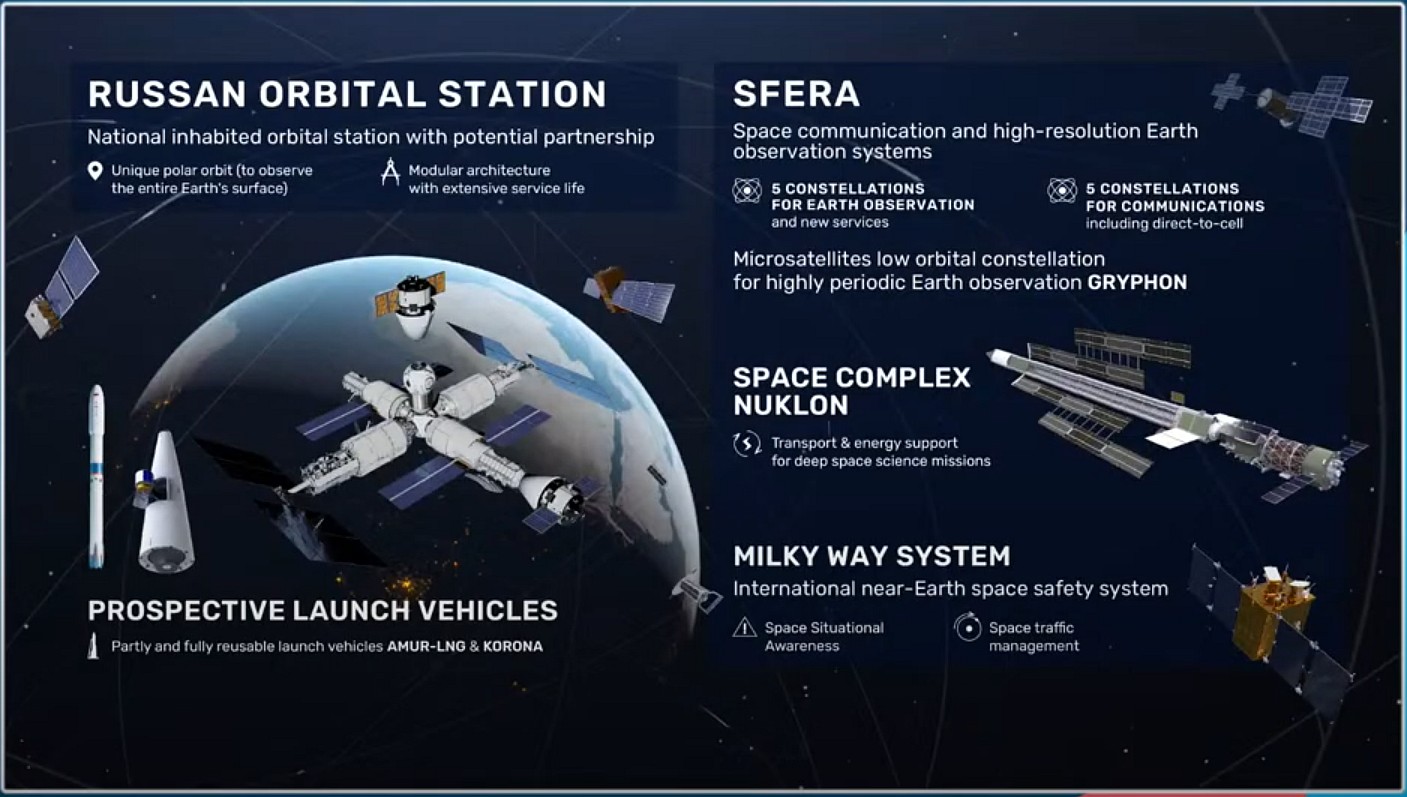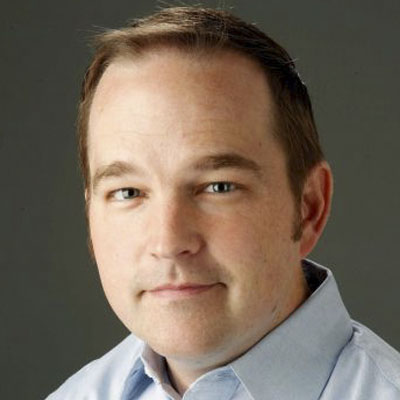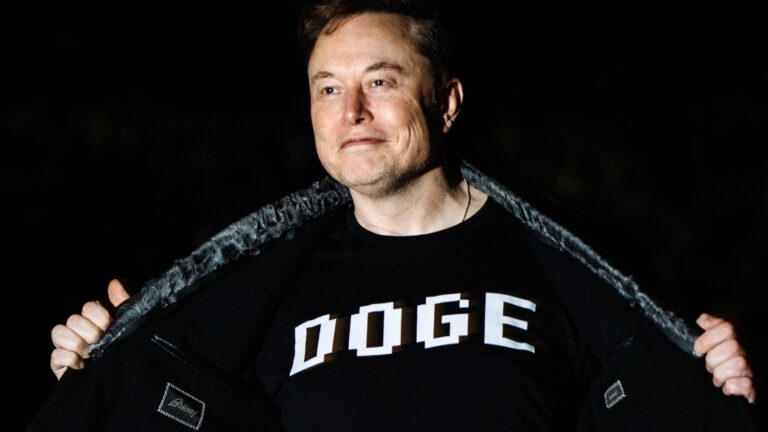The leader of Russia's space corporation, Yuri Borisov, discussed his country's future ambitions in space on Tuesday at the International Astronautical Congress. He spoke expansively about Russia's plans to build a new space station in low-Earth orbit, the Russian Orbital Station, as well as other initiatives.
"We are expecting to design, manufacture, and launch several modules by 2027," Borisov said via a translator at the conference, which is being held in Baku, Azerbaijan, this year. The conference's plenary sessions are being livestreamed on YouTube.
This space station will reside in a polar orbit, Borisov added, allowing it to observe the entire planet's surface. Its purpose will be to test new materials, new technologies, and new medicines. “It will be like a permanently functioning laboratory,” he said.
Megaconstellations and nuclear tugs, too
During the discussion, Borisov added that Russia is also hard at work on the "Sfera" megaconstellation to satisfy the country's large demand for communications. This constellation would include the capacity to provide direct-to-cell communications, which necessarily means that some of these satellites will be very large. Such projects cost billions of dollars at a minimum to get off the ground.
In a PowerPoint slide accompanying Borisov's presentation, Roscosmos also advertised other, even grander visions. The slide showed a nuclear-powered deep space transport vehicle called "Nuklon" and two "prospective" launch vehicles named Amur-LNG and Korona.
It all may have looked and sounded good on the international stage, but the presentation had something of the feel of a Potemkin Village, which refers to fake villages designed to impress the Russian empress Catherine the Great two centuries ago. Put another way, most (if not all) of the presentation was based on vaporware rather than hardware.
Shortly before Borisov took the stage, Russian media sources revealed that the country's budget for space activities is due to drop over the next two years—rather than rise to meet the challenge of these ambitious new space programs.


 Loading comments...
Loading comments...
